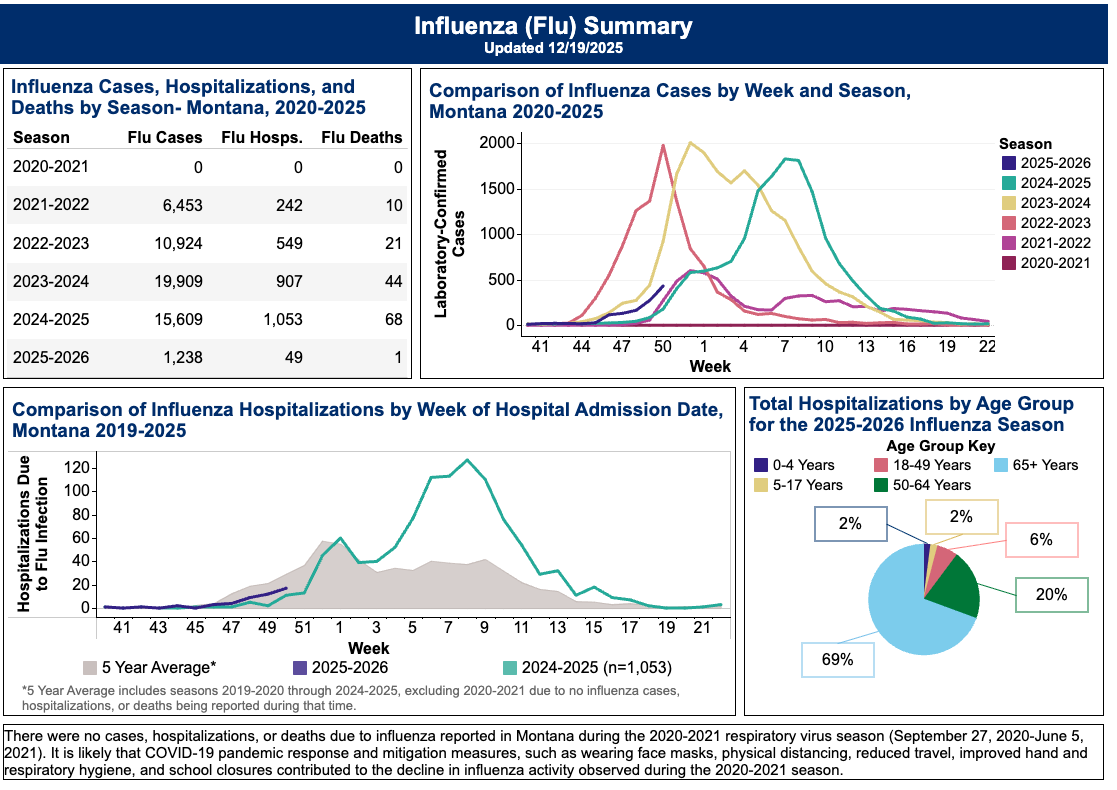Arm’s new Lumex Compute Subsystem promises faster AI capabilities, improved graphics, and enhanced efficiency by performing AI tasks on the device itself. According to Arm, the shift from cloud computations to local processing is poised to increase performance and extend battery life across a range of next-generation devices.
Arm’s Lumex platform promises faster AI and better battery life for next-gen devices

Key Takeaways:
- Lumex CSS operates AI tasks directly on devices, reducing reliance on the cloud
- Arm highlights major gains in CPU, AI acceleration, and graphics proficiency
- The platform places a premium on maintaining power efficiency
- It targets a wide array of devices, from flagship smartphones onward
- The unveiling this week marks Arm’s latest push toward self-contained AI
Overview of Arm’s Lumex CSS
Arm’s latest advancement, the Lumex Compute Subsystem (CSS), is designed to revolutionize how devices handle artificial intelligence by bringing AI computations straight onto the device. Unveiled this week, Lumex broadens the potential for powerful, low-latency performance while pivoting away from the need for continual cloud-based processing.
On-Device AI vs. Cloud-Based AI
In previous generations, many AI-driven features were dependent on remote servers, resulting in possible latency and higher data usage. With Lumex, Arm envisions a world where key smartphone and device functions—from image processing to voice recognition—occur without leaving users’ immediate hardware. The promise: quicker responses, enhanced data privacy, and reduced power consumption.
Enhancing Performance
Arm states that its Lumex platform delivers “major gains in CPU performance, AI acceleration, and graphics capabilities.” By integrating these critical functions more seamlessly, Lumex seeks to deliver the kind of smooth and responsive user experience once associated only with top-tier cloud servers. For developers, this opens up new possibilities to create more refined, AI-intensive applications.
Power Efficiency for Next-Gen Devices
The Lumex CSS isn’t only about raw computational power; it also focuses on optimizing battery efficiency. Arm argues that by handling data locally, devices can manage power flow more efficiently. This approach is particularly beneficial for consumers who demand high performance in smartphones and other portable electronics without sacrificing battery life.
Implications for Smartphones and Beyond
Though flagship smartphones stand to benefit significantly, Arm’s Lumex approach supports a broader range of devices. The potential reaches into tablets, laptops, and future wearables, heralding a more versatile ecosystem where on-device intelligence becomes a norm rather than an exception. As demands for AI-supported tasks continue to rise, Lumex offers a glimpse of how hardware-level innovation can redefine everyday computing.











